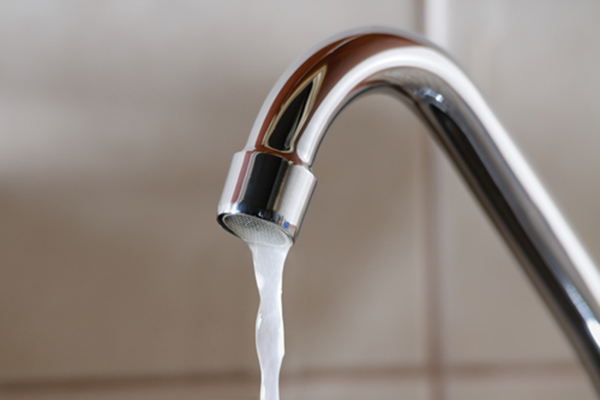
3 Possible Causes of Low Water Pressure
Besides water coming from the taps in your home being noticeably slower than usual, low water pressure may show itself in different ways. For example, the dishwasher may take longer to run a cycle, or the spray from a showerhead may not be as strong as it usually is.
The good news is, when only one plumbing fixture shows signs of low water pressure, chances are the problem will resolve itself when you fix either that fixture or the pipes connecting to it. Depending on how complex the problem is, you can play the handyman and fix it yourself, or call a 24 hour plumber Sydney expert to handle repairs.
But what if the problem of low water pressure affects your whole house? The first thing you have to do is to narrow down what’s causing it. Here are the more common causes.
Water Metre Valve Isn’t Fully Open
The water metre valve is one of two major shutoff valves that control water to the home, and as the name states, it’s found next to the water metre on the main supply pipe that serves your property. Homeowners in cities like Sydney usually don’t use this valve since it belongs to the water company, so only that company’s personnel will touch it at any point.
If you’ve had some plumbing repair work done, and then notice a decrease in water pressure throughout your home, then a water metre valve that’s only partially open is the most likely culprit. Check the metre valve and see if the valve handle – it may be just a metal tab that’s turned using a special wrench – is set at an angle to the pipe, or if it’s parallel to the pipe. If it’s at an angle, that means the valve isn’t fully open.
Main House Shutoff Isn’t Open
The second major shutoff valve that controls water to the home is the main home shutoff, and it’s usually found inside the house, near where the main supply enters through a foundation wall. So if your water metre valve is open, this is the next thing you’ll want to check.
If the handle is shaped like a wheel, you have a gate valve, and if it’s a handle, you have a ball valve. For gate valves, make sure the handle is fully turned counter clockwise; for ball valves, the handle should be parallel to the pipe direction.
You Have a Faulty Pressure Regulator
A pressure regulator or pressure-reducing valve is responsible for reducing your plumbing system’s input pressure to a safe level that won’t damage the pipes. It’s possible that yours is failing in some way, and instead of there being a sudden increase in water pressure, it had the opposite effect.
You’ll need to test the pressure to pinpoint if the problem is pressure regulator failure, and to do this, attach a water pressure gauge to a hose spigot that’s closest to the water main, if not the regulator itself. If your water pressure is lower than the recommended level – 52 to 75 pounds per square inch – this may well be a sign of a failed pressure regulator. If so, you just need to have the regulator replaced with one that’s the same brand and size.
